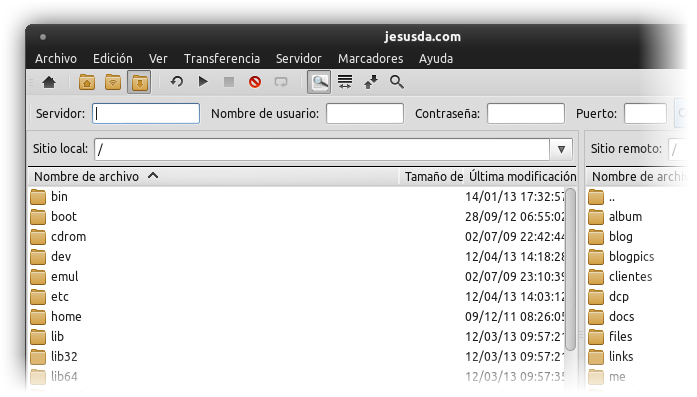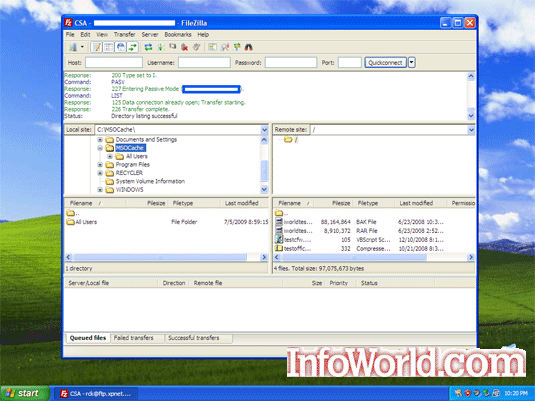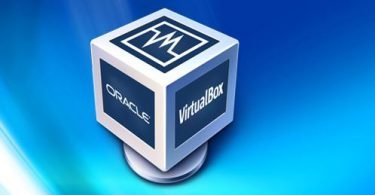

- #FILEZILLA VIRTUALBOX LINUX INSTALL#
- #FILEZILLA VIRTUALBOX LINUX UPGRADE#
- #FILEZILLA VIRTUALBOX LINUX FULL#
- #FILEZILLA VIRTUALBOX LINUX WINDOWS 10#
- #FILEZILLA VIRTUALBOX LINUX CODE#
Under Hyper-V with as little as 4 GB RAM, though I’d recommend 8GB (or better WSL won’t replace Hyper-V, but it can prove handy for some uses. (There are currently 12, are all free except for the last four in the list). OS of course, it’s Linux-only, and limited to the distros in the Windows Store Using it (and it takes up only a GB of RAM, way less than VirtualBox or Hyper-V). (WSL) becomes more popular, you can do some of the Linux stuff I’ve mentioned Note that, as Windows Subsystem for Linux Page lists all the various OS versions that you can run in Hyper-V on
#FILEZILLA VIRTUALBOX LINUX WINDOWS 10#
Hackintoshes with Windows, I’ve bought a second Windows 10 Pro licence for the VMs, keep potential licensing issues in mind.
#FILEZILLA VIRTUALBOX LINUX INSTALL#
VMs make it trivial to install other programming languagesĪnd try them out without worrying about cluttering up your main PC. Having a clean Ubuntu desktop in a VM means I can make a copy of the VM, run it,Īnd then install any modules I need for testing without worrying about having Learn another OS and/or Programming Language Raspberry-Pi means putting it on a SD card, which takes several minutes toīurn.

VMware, VirtualBox and Hyper-V), which is pretty grand! Pi, there are five versions to download for PC (two native and one each for Raspberry-PI B+, but for general testing, it is easier and faster. No good for performance testing, since the VM runs a bit faster than my Pi, I installed Diet Pi in a VM and use that for development and testing. Rather than fiddle with the version on the I use a Distro on it called DietPi it’s a slimmed-down version of Debian 9.
#FILEZILLA VIRTUALBOX LINUX FULL#
Pi, you need it networked to give you full access. If you’ve developed anything for Raspberry
#FILEZILLA VIRTUALBOX LINUX UPGRADE#
Keeping older development software in a VMĪlso avoids problems when you upgrade the host OS and need new versions. Now I do any bug fixing and recompiles in that VM. Was a bit of a hassle, so I moved everything into a Windows VM and installed Reinstall a dozen components before I could build the software.
#FILEZILLA VIRTUALBOX LINUX CODE#
Install Delphi and the source code for the Delphi components, and recompile and Each time I had to dig out my Delphi install media, During that time, I changed myĭevelopment PC four times. Keep Development Software in a VMĭelphi application I had written in 2002. You can set up a Subversion server on the Guest OS. If you prefer to use Subversion to Git for version control, then The alternative is using Samba and setting Utilities such as FileZilla and even Dreamweaver can also use SSH. But keep in mind how you communicateīetween Host and Guest: I prefer to use SSH and WinSCP to copy files. When you can set up a LAMP system in a VM. No need for a separate networked web server I generally reckon aboutģ0GB of disk storage is needed for one VM. It’s like having a bank of PCs, configured for the different operating systems: Just boot up a test environment, install your software and run tests (all you need is lots of disk space to store all the different VMs).Ĭopy of a particular OS for each version of your software. You can create a number of test environments, each with a unique VM. If you’re writing cross-platform software, or you want to test an app on, say, Windows 7, Windows 10, Linux, and maybe on 32-bit as well as 64-bit (whatever you desire, in other words), this is where VMs are really handy. Build a Library of Different Operating Systems So why would you use a VM for development? Here are a few reasons I’ve found over the years. OS” is the OS installed in a particular VM. “Host PC” means the computer you are running Hyper-V (or its equivalent) on, “Guest Note the terms “Host PC” and “Guest OS.” While The VM typically uses a couple dozen GBs of disk Provide broadly similar capabilities: You can set up a VM and install Windows, All three (VirtualBox, Hyper-V and VMWare) There’s also VMware Workstation, which is meantįor commercial use and can run VMs. That can create virtual machines on X86-64, and is generally a bit faster at Virtualization technology on x86 and 圆4 CPUs.

It comes as part of Windows Pro you just need to enable it in Windows features,Īnd meanwhile you can’t run VirtualBox because Hyper-V uses VT-x, the Intel Despite all the flak Oracle gets over itsĭatabases, MySQL, and Java, Virtual Box remains an excellent and free open-sourceĪfter a couple of years, I discovered the joys It wasĪll a bit “fiddly,” which is why I began exploring the potential of VMs.ĭiscovering VirtualBox was a godsend, and made Installed a Linux distro on it but I quickly found out that the distro took upĪ lot of space, and I needed a KVM switch to manage two different PCs. My development PC about six years ago I was keen to learn Linux, having been a I started using virtual machines (VMs) on


 0 kommentar(er)
0 kommentar(er)
